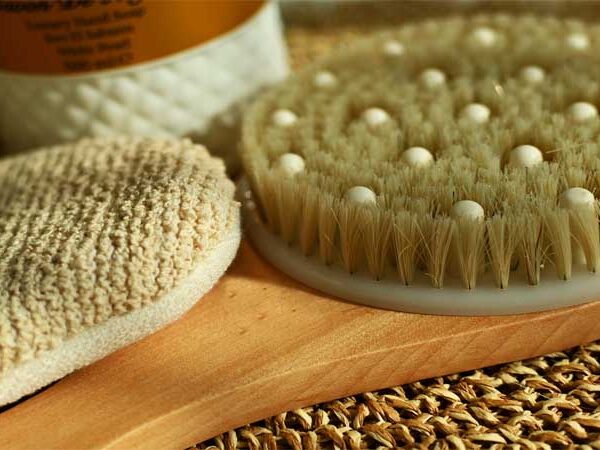Chickenpox in children is very contagious. It has its most frequent peaks in winter and spring, but can appear throughout the year.
Chickenpox may sound like something distant to you, something that happened a long time ago, but if you have sons or daughters, it is very likely that the term will reappear in your life. For this reason, we are going to talk about chickenpox in children ; what exactly it is, how it appears and why, and what are its symptoms. Check out more interesting articles on our site.
The virus that causes chickenpox is varicella-zoster and, among other symptoms, causes small lesions in the form of vesicles or blisters on the skin of children.
It spreads easily from one person to another. By direct contact: by air, through the secretions that are expelled through the respiratory tract when you sneeze or cough; or through skin lesions. It is also spread by indirect contact, although less commonly, through infected or contaminated objects.
Since, as we said, chickenpox in children is very contagious, it is recommended to keep the affected person isolated until the disease passes.
HOW DOES CHICKENPOX PRESENT IN CHILDREN?
The usual age of onset of chickenpox in children is between 1 and 9 years of age. Most of the cases originate due to infections in schools and nurseries. The contagion can occur from 3 days before the appearance of the vesicles and goes until they present scabs.
The incubation time (time that elapses from the first contact with the virus until the first symptoms appear) is 14 days.
Chickenpox symptoms in children
After the incubation time, the symptoms of chickenpox appear in children, which normally last 7 days. These are:
- skin lesions They appear in the form of blisters, which go through different phases: macule, papule, vesicle, pustule and, finally, scab. Its appearance begins on the scalp and trunk, and spreads to the rest of the body (face and extremities) without affecting the palms of the hands and the soles of the feet.
- Intense itching, caused by vesicles.
- Fever.
- mouth ulcers
- There may be an enlargement of the nodes.
Chickenpox can cause complications in boys and girls with skin problems, such as dermatitis or recent sunburn. But also in boys and girls under 1 year old, premature babies, newborns whose mothers have suffered from the disease before or after childbirth, and in immunosuppressed people.
TREATMENT OF CHICKENPOX IN CHILDREN
The treatment of chickenpox in children will be aimed at relieving symptoms. No antiviral treatment will be carried out, since the body will be in charge of fighting the disease.
- Antiseptic ( chlorhexidine ): Antimicrobial substance that is placed on the skin, in this case on the lesions, and is responsible for reducing the possibility of infection.
-
Antihistamine ( dexchlorpheniramine ): Used to decrease the inflammatory reaction.
- Paracetamol.
Aspirin or anti-inflammatories (such as ibuprofen) should never be given. This is because it is associated with the development of Reye’s syndrome, a very serious brain pathology.
Antiviral treatment will be used for newborns with a history of chickenpox in the mother during pregnancy or after delivery. The treatment is intravenous and lasts 10 days.
Some tips to keep in mind
- It is important to keep fingernails short to prevent children from scratching and causing ulcers and scars.
- Do not take the child to school or daycare until all the scabs have formed.
- Do not use soaps with detergent in the showers.
- Do not have contact with pregnant women, since the virus is teratogenic. That is, it can affect the development of the fetus, and it can also cause abortions and lung problems in the mother.
- Do not have contact with people with a depressed immune system.



